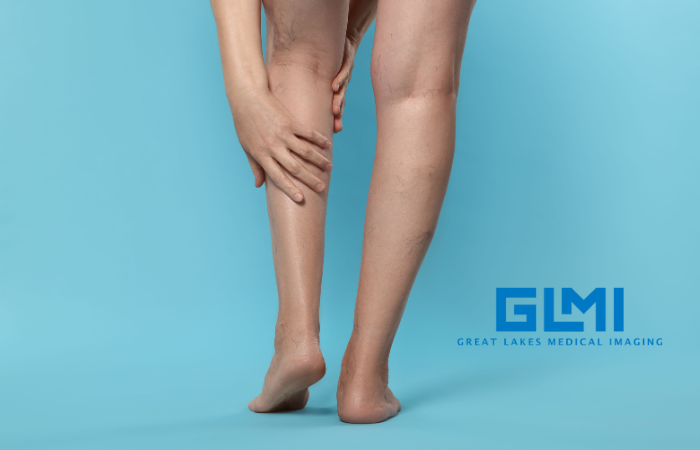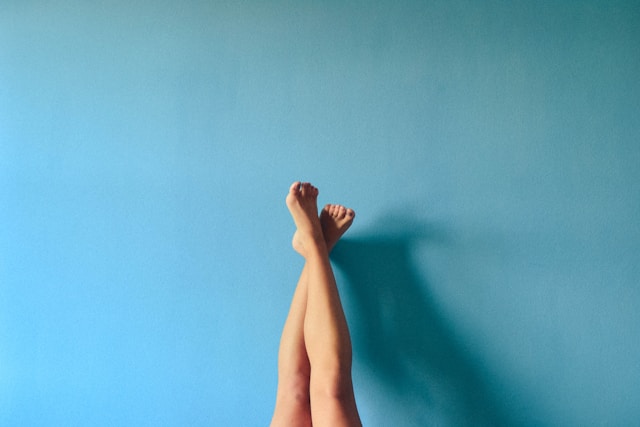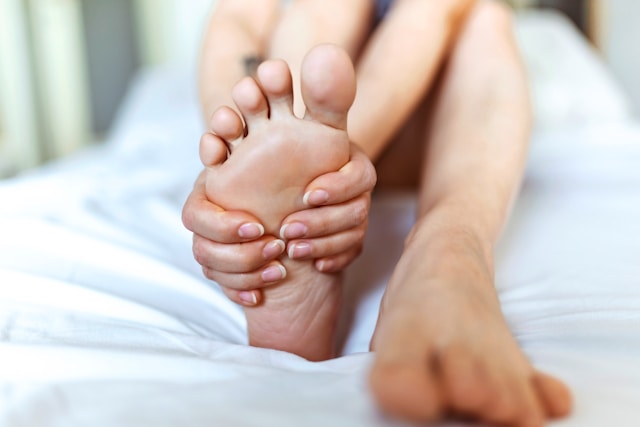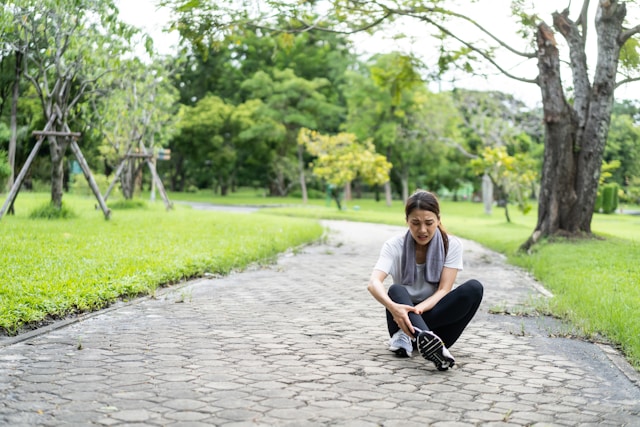Our Blog
How to Prevent Varicose Veins: Tips for Maintaining Healthy Legs

Varicose veins are not only a cosmetic concern but can also cause discomfort and lead to more serious health issues if left untreated. Preventing varicose veins is easier than you might think, and maintaining healthy legs involves adopting a few simple lifestyle changes. At Great Lakes Medical Imaging (GLMI) in Western New York, we are dedicated to helping you maintain your venous health. In this blog, we’ll provide practical tips for preventing varicose veins and keeping your legs healthy.
Understanding Varicose Veins
Varicose veins are swollen, twisted veins that are visible just under the surface of the skin, usually in the legs. They occur when the valves in the veins that regulate blood flow become weak or damaged, causing blood to pool and the veins to enlarge. Factors such as genetics, age, gender, pregnancy, obesity, and prolonged standing or sitting can increase the risk of developing varicose veins.
Tips for Preventing Varicose Veins
Stay Active
Regular physical activity is one of the most effective ways to prevent varicose veins. Exercise improves blood circulation, strengthens your leg muscles, and helps maintain a healthy weight, all of which contribute to healthier veins.
- Walking: A simple, low-impact exercise that promotes good circulation. Aim for at least 30 minutes of walking most days of the week.
- Swimming: An excellent cardiovascular exercise that takes the pressure off your legs while improving circulation.
- Biking: Another low-impact activity that strengthens the leg muscles and enhances blood flow.
- Yoga: Specific yoga poses can help improve circulation and reduce the risk of varicose veins.
Maintain a Healthy Weight
Excess weight puts additional pressure on your veins, which can lead to varicose veins. Maintaining a healthy weight through a balanced diet and regular exercise can reduce this pressure and prevent the development of varicose veins.
Elevate Your Legs
Elevating your legs above heart level several times a day can help reduce the pressure on your leg veins and improve blood flow. This simple practice can alleviate swelling and discomfort associated with varicose veins.
Avoid Prolonged Sitting or Standing
Prolonged sitting or standing can cause blood to pool in your leg veins, increasing the risk of varicose veins. If your job requires long periods of sitting or standing, try the following tips:
- Take Breaks: Take short breaks to walk around and stretch your legs every 30 minutes.
- Shift Weight: If you must stand for long periods, shift your weight from one leg to the other frequently.
- Leg Exercises: Simple leg exercises, like calf raises or ankle circles, can help improve circulation.
Wear Compression Stockings
Compression stockings provide gentle pressure to the legs, promoting better blood flow and reducing the risk of blood pooling in the veins. They are especially helpful for people who are at a higher risk of developing varicose veins due to prolonged standing or sitting.
Eat a Healthy Diet
A diet rich in fiber, antioxidants, and essential nutrients can support vein health and overall circulation. Some dietary tips include:
- High-Fiber Foods: Include plenty of fruits, vegetables, whole grains, and legumes in your diet to prevent constipation, which can put pressure on your veins.
- Antioxidant-Rich Foods: Foods rich in antioxidants, such as berries, leafy greens, and nuts, can help protect your veins.
- Hydration: Drink plenty of water to stay hydrated and support overall circulation.
Avoid High Heels and Tight Clothing
Wearing high heels can restrict blood flow and put extra pressure on your leg veins. Opt for flat or low-heeled shoes to promote better circulation. Similarly, avoid tight clothing around your waist, legs, and groin, as it can restrict blood flow and increase the risk of varicose veins.
Practice Good Posture
Good posture can improve circulation and reduce the strain on your veins. Sit and stand with your back straight and your legs uncrossed to promote better blood flow.
When to Seek Medical Advice in Western, NY
Despite taking preventive measures, some individuals may still develop varicose veins due to genetic predisposition or other factors. If you notice any signs of varicose veins, such as swollen, twisted veins, aching, or discomfort in your legs, it’s important to consult with a healthcare provider. Early intervention can help manage symptoms and prevent complications.
Contact Us for Comprehensive Venous Care in Buffalo, NY
At Great Lakes Medical Imaging, we are committed to providing top-notch care for varicose veins and other venous conditions. If you have any concerns or need to schedule a consultation, please don’t hesitate to contact us. Our experienced team is here to support you with advanced imaging and personalized treatment plans.
Preventing varicose veins involves making simple lifestyle changes that promote healthy circulation and reduce pressure on your veins. By staying active, maintaining a healthy weight, and following the tips provided, you can keep your legs healthy and reduce the risk of varicose veins. Schedule your consultation with GLMI today and take the first step towards better venous health.
Disclaimer: This blog article is for general informational purposes only and should not be construed as professional medical advice. Always seek the advice of your physician or other qualified health provider with any questions you may have regarding a medical condition.
‹ Back









